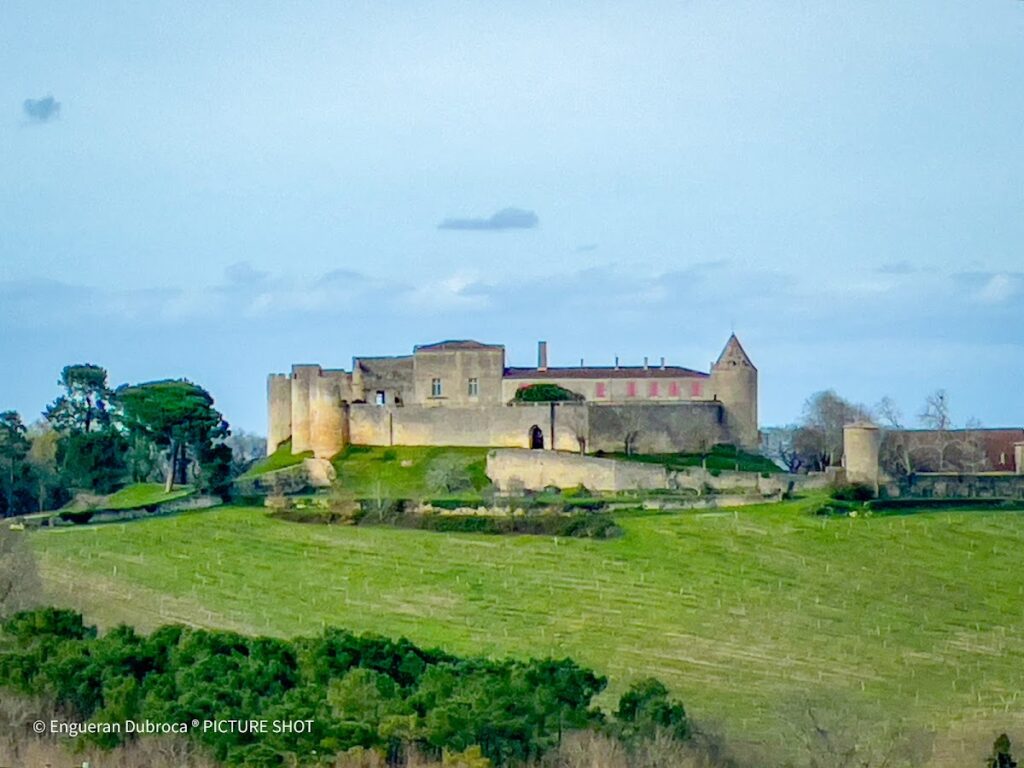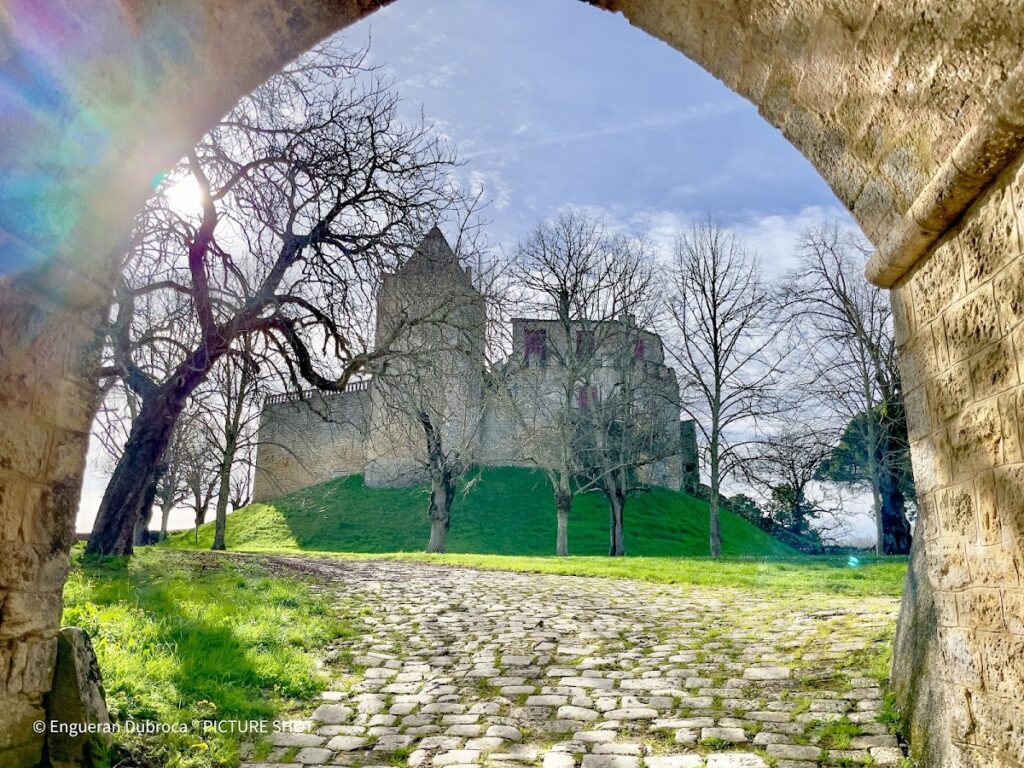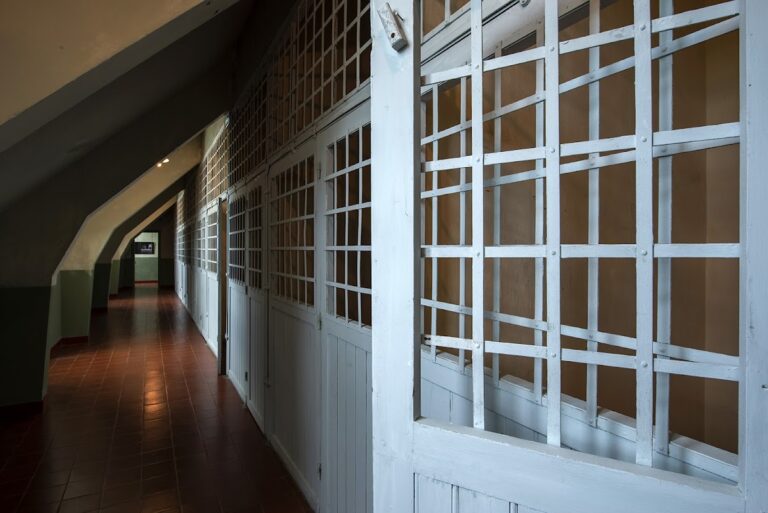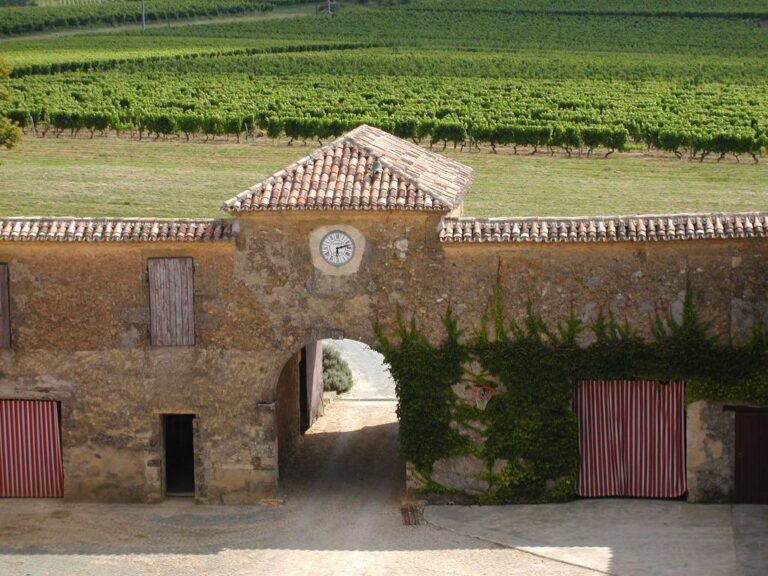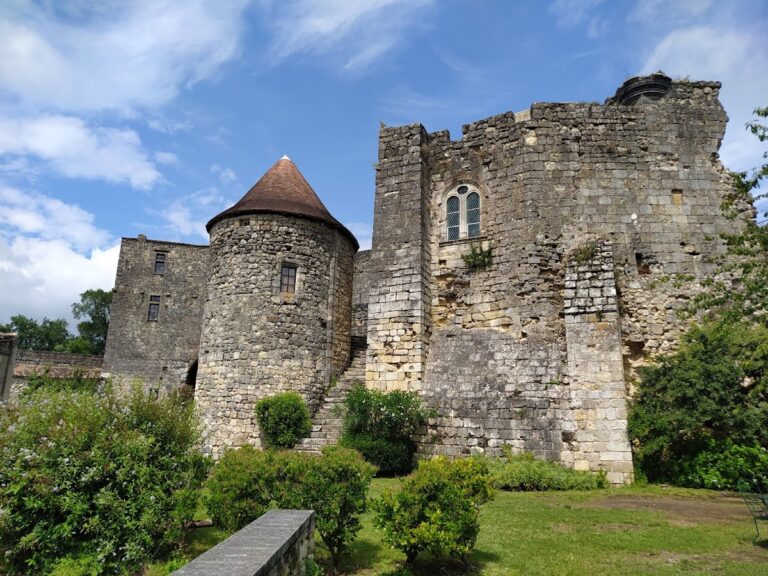Château de Benauge: A Medieval Fortress in Porte-de-Benauge, France
Visitor Information
Google Rating: 4.4
Popularity: Very Low
Google Maps: View on Google Maps
Country: France
Civilization: Unclassified
Remains: Military
History
The Château de Benauge is situated in the commune of Porte-de-Benauge in France. This medieval fortress was constructed during the Middle Ages and served as the residence for local nobility in the region historically known as Gascony.
The origins of the castle date back to at least the 13th century, when it was the stronghold of the viscounts of Benauges. Later, the site passed under the control of the counts of Benauges and the viscounts of Bezaume, indicating its importance as a seat of regional power within the natural landscape of Entre-deux-Mers.
A significant military episode in the castle’s history occurred in the mid-13th century. From late September to early November of 1253, King Henry III of England, who was also Duke of Aquitaine, laid siege to the fortress. At that time, the castle was held by Bernard de Bouville, a noble who had rebelled against Henry’s authority. After more than a month of siege, the castle fell to the king’s forces, marking a decisive moment in the castle’s medieval military history.
Following this period, the Château de Benauge came under the ownership of the Grailly family. This lineage maintained allegiance to the English crown during the prolonged conflicts of the Hundred Years’ War, reflecting the complex political alliances in the region. In the early 17th century, control shifted to the dukes of Épernon, a notable French noble family. Since the beginning of the 20th century, the château has been held by the Journu family, who have maintained stewardship of the historic property.
Recognizing its historical and architectural significance, the French authorities officially protected the castle as a historic monument starting in 1995. This designation covers not only the fortress itself but also its defensive structures and surrounding grounds, safeguarding the site’s legacy for future generations.
Remains
The Château de Benauge occupies the highest point of a motte-and-bailey fortress, a fortification style that consists of an earthwork mound (motte) topped by a stronghold, accompanied by a courtyard or enclosed area (bailey). This layout was typical of medieval castles designed for defense, and the site exhibits a variety of such military architectural elements.
The castle’s defensive system includes ditches and a vallum, which is an earthwork barrier constructed to obstruct attackers. The space known as the lices, situated between the inner and outer defensive walls, provided an additional layer of protection and was likely used for patrol or combat purposes. Multiple terraces are found on the site, adding to the castle’s fortifications and adapting the natural terrain for defense.
The central feature is the donjon, or keep, which historically served as the last line of defense and the residence of the lord. Alongside the donjon, the château contains a chapel, reflecting the religious practices integrated within noble residences. Surrounding the main structures are two fortified enclosures enhanced with towers, which reinforced the castle’s perimeter and allowed defenders to monitor and repel attacks more effectively.
Entry into the fortress was controlled through a gate tower equipped with several defensive mechanisms. These included a portcullis, a strong, vertically sliding grille made of wood and iron to block passage, and a machicolation, essentially an opening in the floor of the battlements through which defenders could drop stones or boiling oil onto attackers below.
Visual records of the castle include detailed drawings made by Léo Drouyn in the mid-19th century, which provide valuable information on the appearance and structure before modern alterations. Photographs from 2013 show various aspects of the site, such as the donjon from the northeast, an eastern watchtower, the southern entrance, and the northern façade.
Today, the preserved elements of the Château de Benauge—including its fortifications, terraces, and subsoil—remain protected under historic monument status, ensuring the enduring presence of this key example of medieval military architecture in the region of Aquitaine and the Gironde area.
